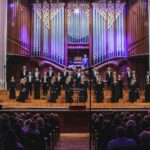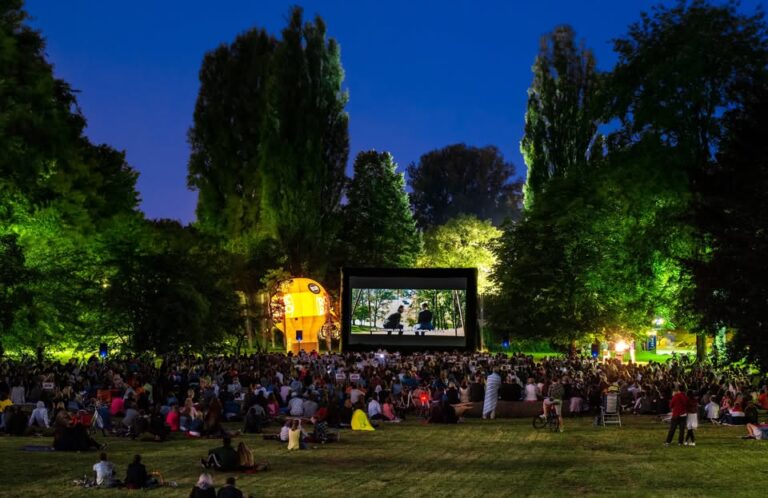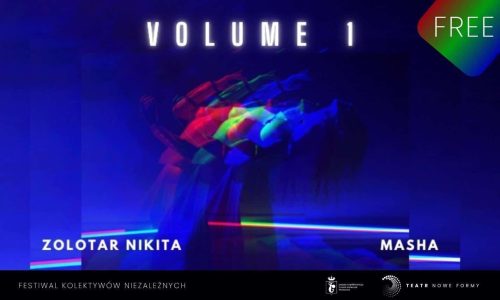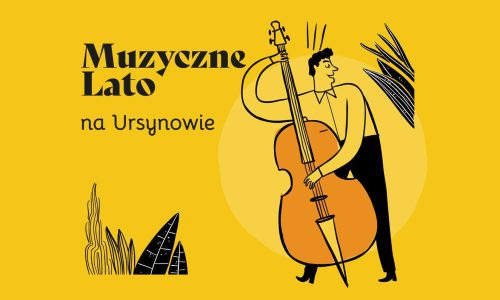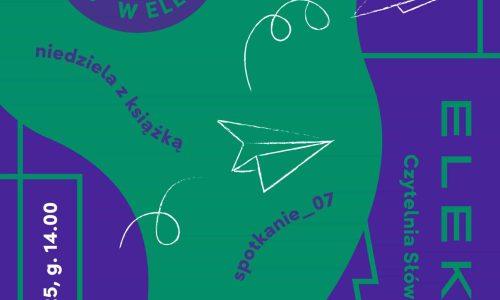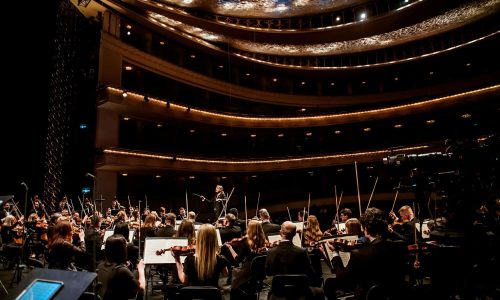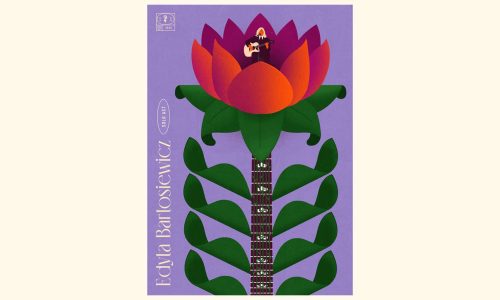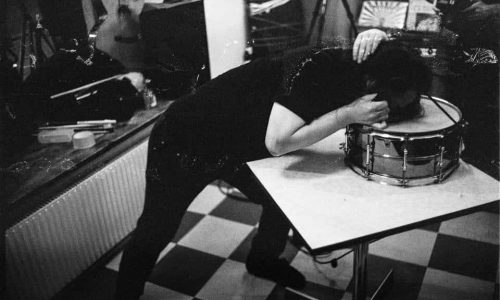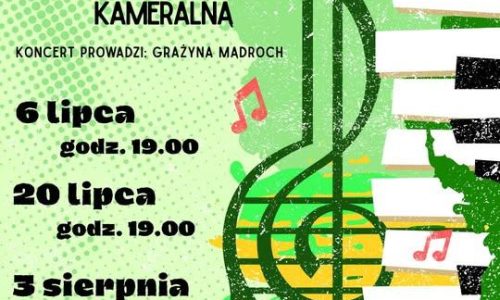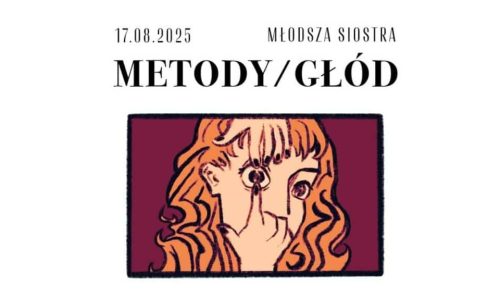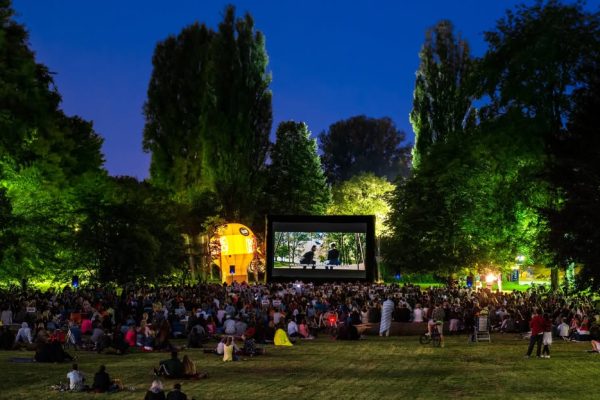Performers:
- National Philharmonic Orchestra,
- National Philharmonic Choir,
- Voci di Bambini - choir of the Emil Młynarski POSM in Warsaw,
- Krzysztof Urbański - conductor,
- Jan Lisiecki - piano,
- Judith Spiesser - soprano,
- Heikki Hattunen - tenor,
- Daniel Ochoa - baritone,
- Bartosz Michałowski - choir director,
- Anna Perzanowska-Tarasiuk - preparation of the Voci di Bambini choir.
Concert programme:
- Johannes Brahms - Piano Concerto No. 1 in D minor, Op. 15 [46′],
- Carl Orff - Carmina burana [59′].
The 2025/2026 season will open with two canonical works representing radically different worlds of the classical repertoire. Their juxtaposition is an intriguing artistic experiment that may attract listeners with different aesthetic tastes to the National Philharmonic.
A sonata for two pianos, or perhaps a symphony in the spirit of Beethoven? These were the questions the young Johannes Brahms asked himself - and his friends - before, having travelled a long and arduous road, he completed his Piano Concerto No. 1 in D minor. With some of his friends he consulted every page of the score, polishing the work with admirable precision. During the concert, the renowned Canadian pianist with Polish roots, Jan Lisiecki, will sit at the piano. Already at the age of 15, he signed a contract with the prestigious Deutsche Grammophon label, at the same time conquering the world's most important stages.
Brahms's academism - full of feeling, virtuosity and a wealth of orchestral sounds - will be juxtaposed with a work by Carl Orff. Carmina burana is a work that combines a monumental cast (worthy of a Mahler symphony) with an almost radical minimalism of compositional techniques. This economy of expression, in contrast to the artistic trends that dominated in the 1930s, gave Orff's work the status of an icon of musical primitivism. Carmina burana is a cantata based on a selection of poetry from a 13th-century codex, treating, among other things, the vicissitudes of fate, love, delight and transience, expressed through ecstatic rhythms pounded out by an elaborate percussion section and simple, memorable ostinato melodies entrusted to soloists and a huge choir.
[Bartholomew Gembicki]





























